Agilent Technologies J-BERT N4903B Technical manual
Other Agilent Technologies Software manuals
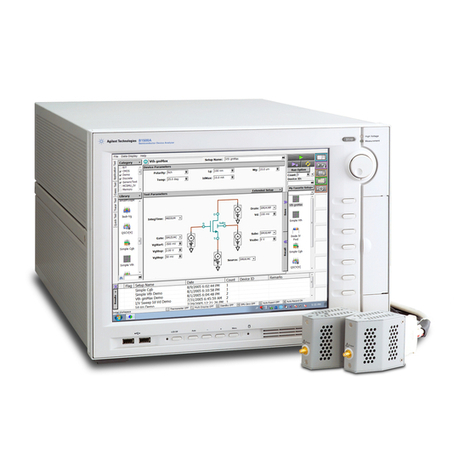
Agilent Technologies
Agilent Technologies EasyEXPERT User manual
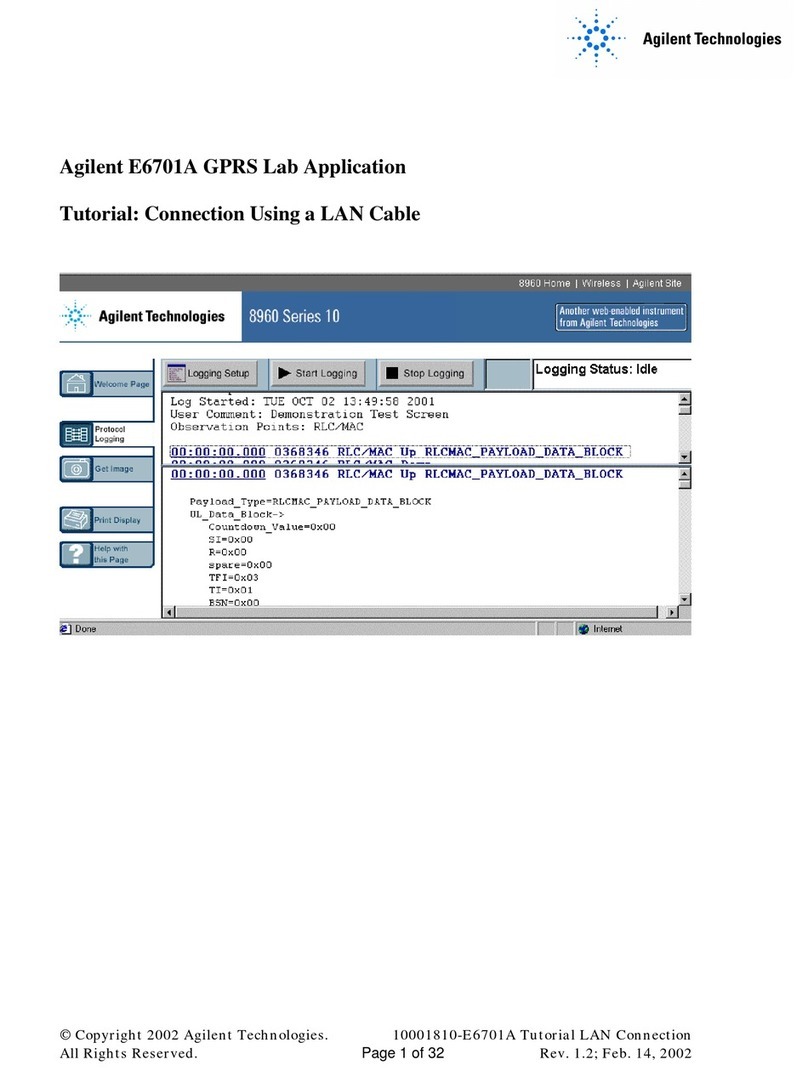
Agilent Technologies
Agilent Technologies E6701A Operation instructions
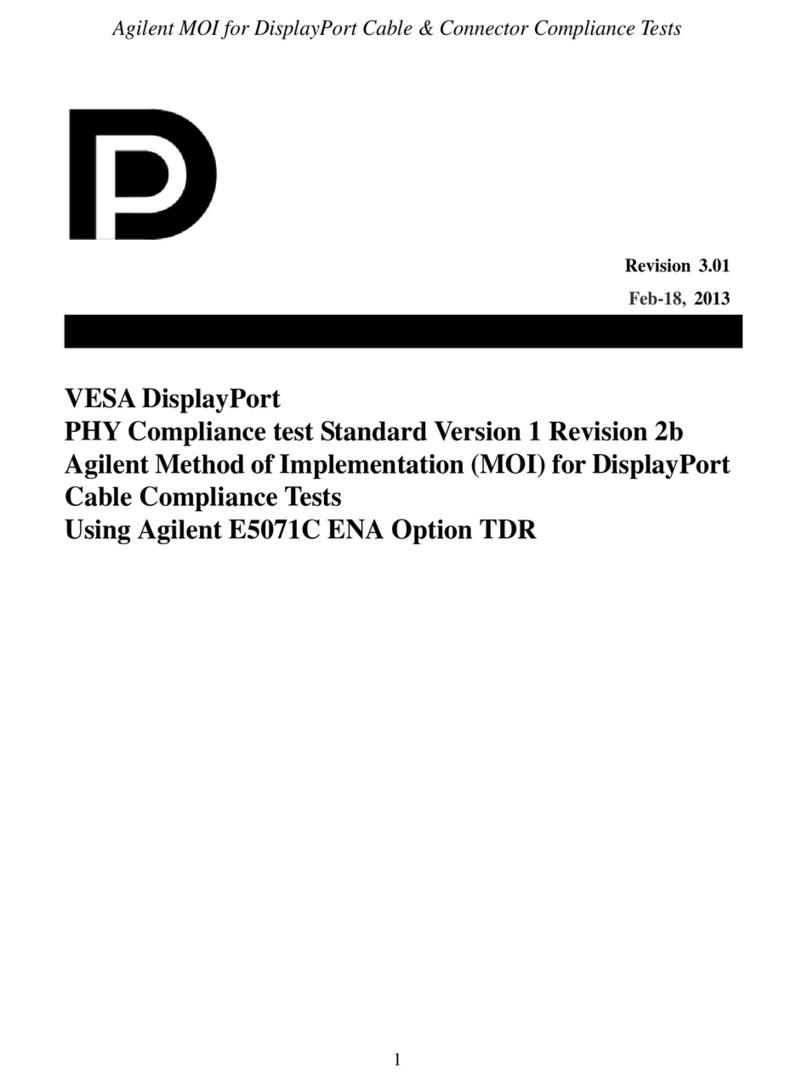
Agilent Technologies
Agilent Technologies E5071C Installation and operating manual
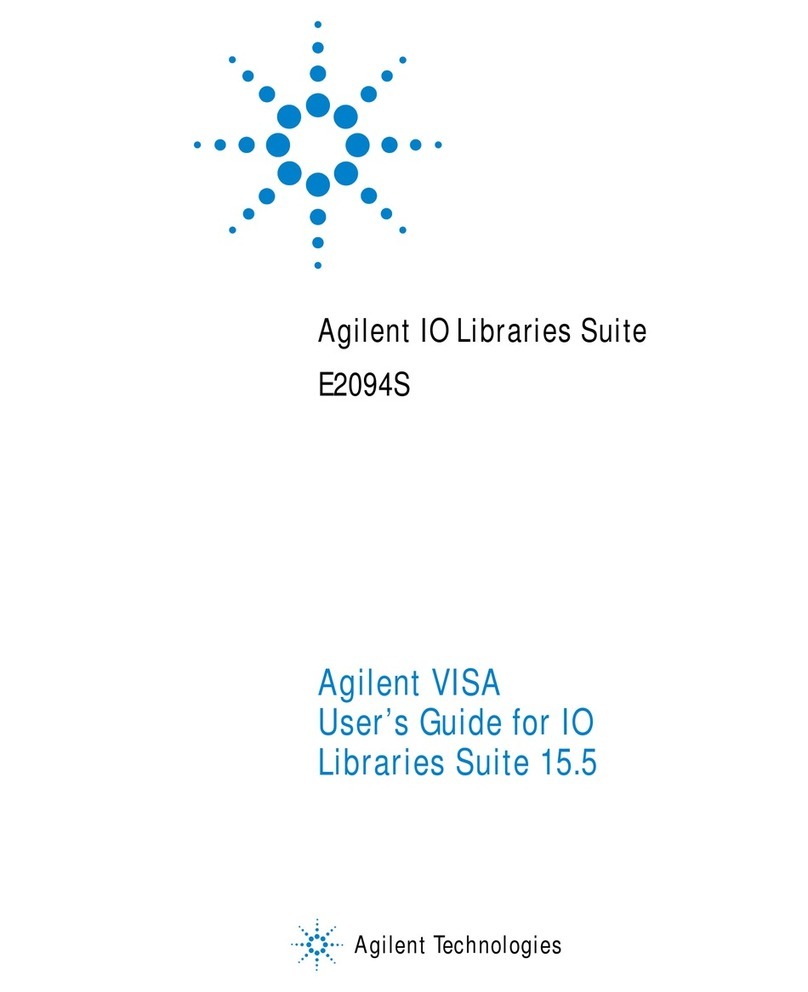
Agilent Technologies
Agilent Technologies E2094S User manual
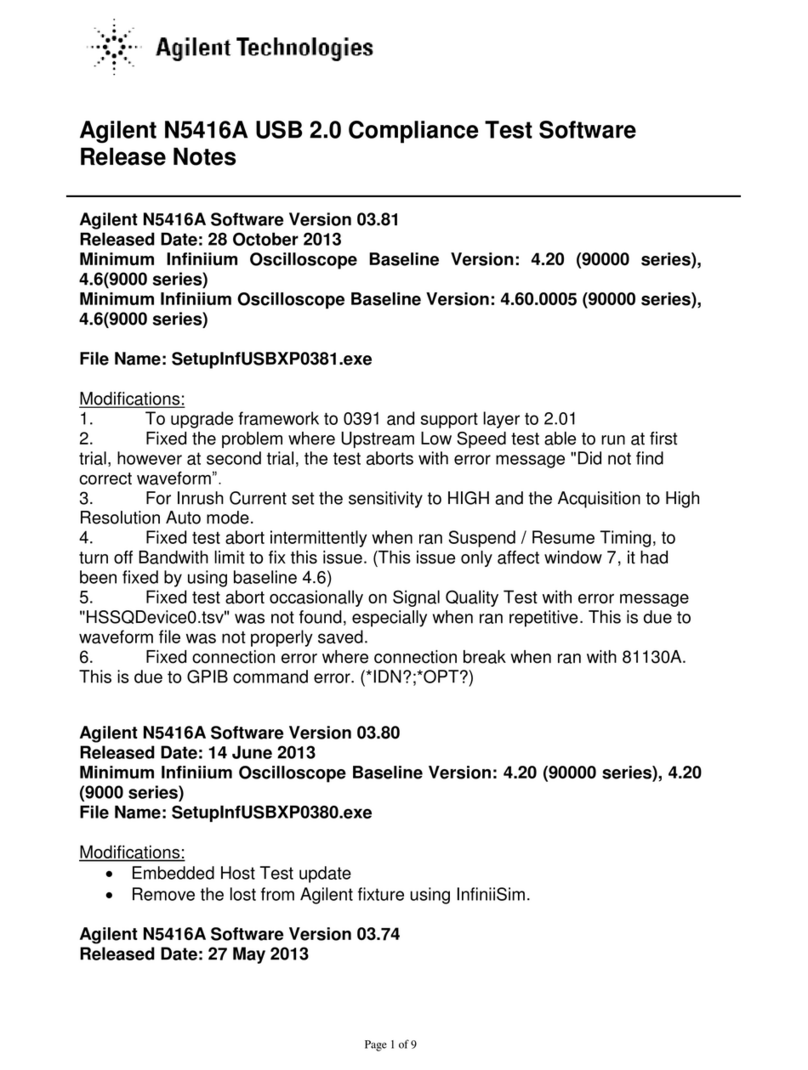
Agilent Technologies
Agilent Technologies N5416A How to use

Agilent Technologies
Agilent Technologies VEE Pro User manual
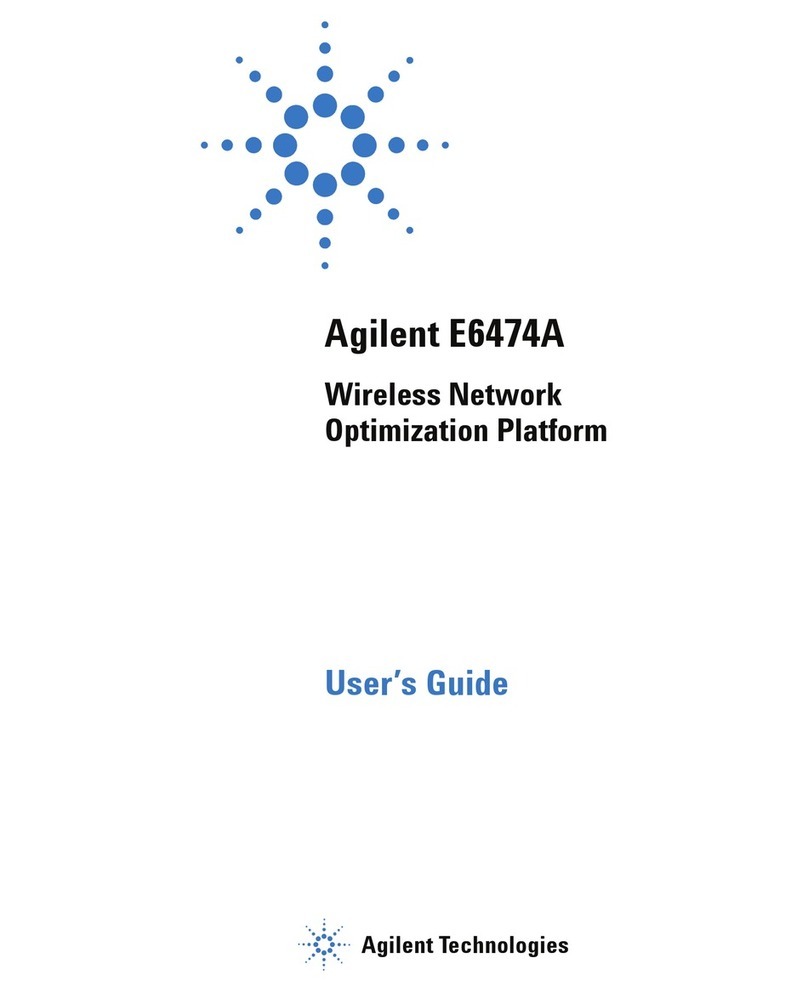
Agilent Technologies
Agilent Technologies Agilent E6474A User manual
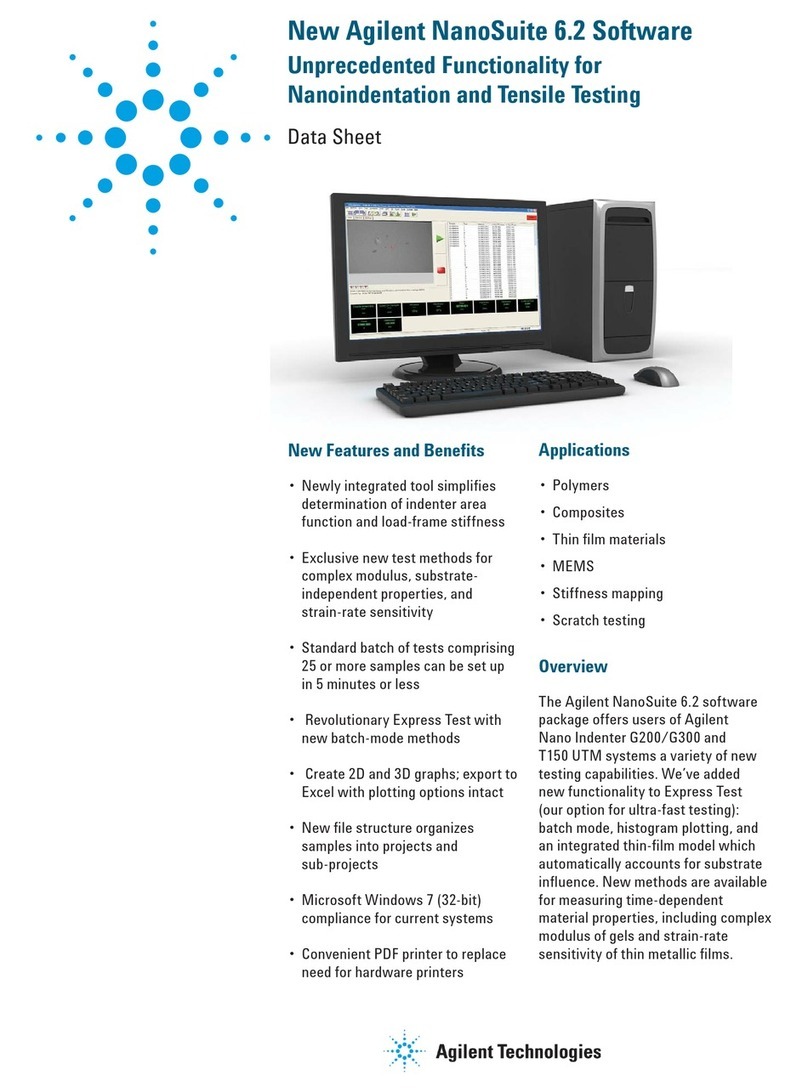
Agilent Technologies
Agilent Technologies Agilent NanoSuite 6.2 User manual
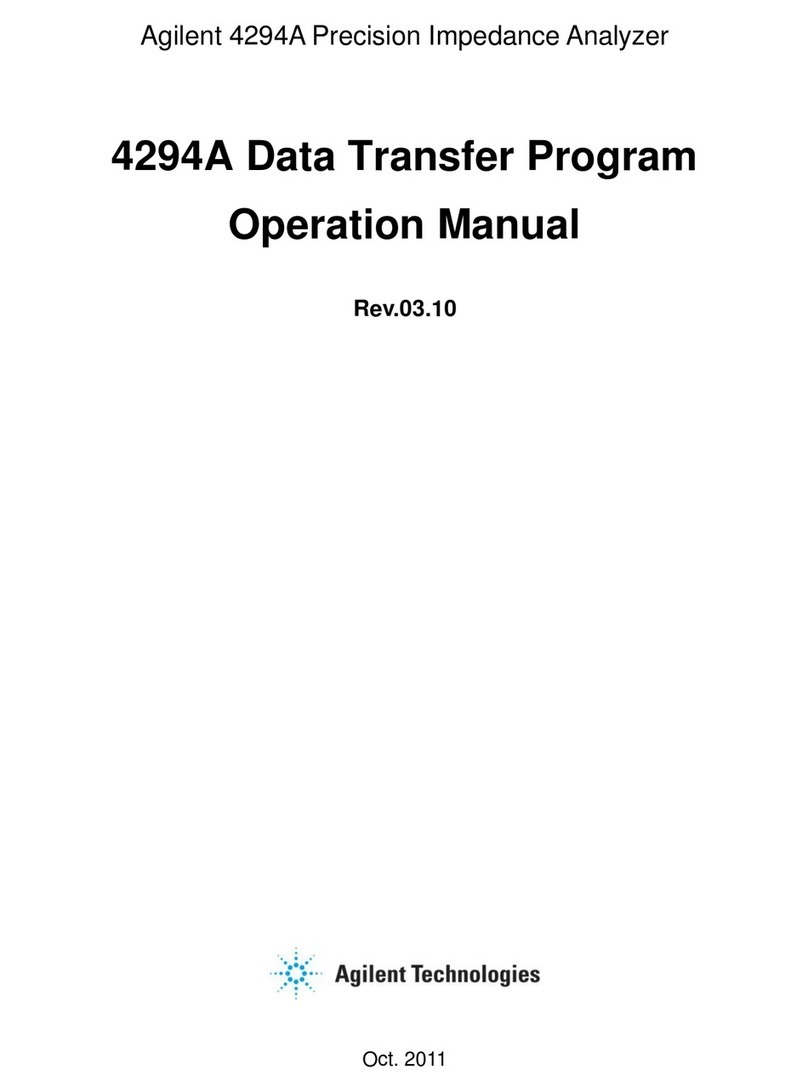
Agilent Technologies
Agilent Technologies 4294A User manual
Popular Software manuals by other brands

Red Hat
Red Hat ENTERPRISE LINUX 4 - FOR X86-ITANIUM AND... installation guide
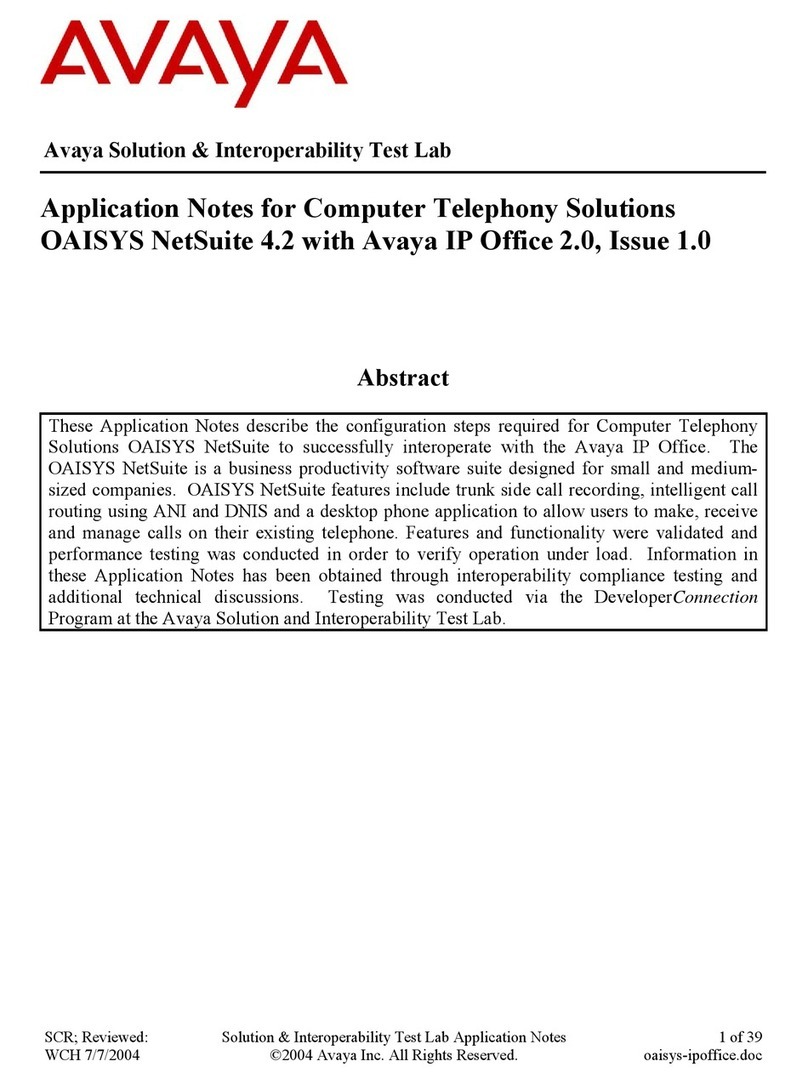
Avaya
Avaya OAISYS NetSuite 4.2 Application notes
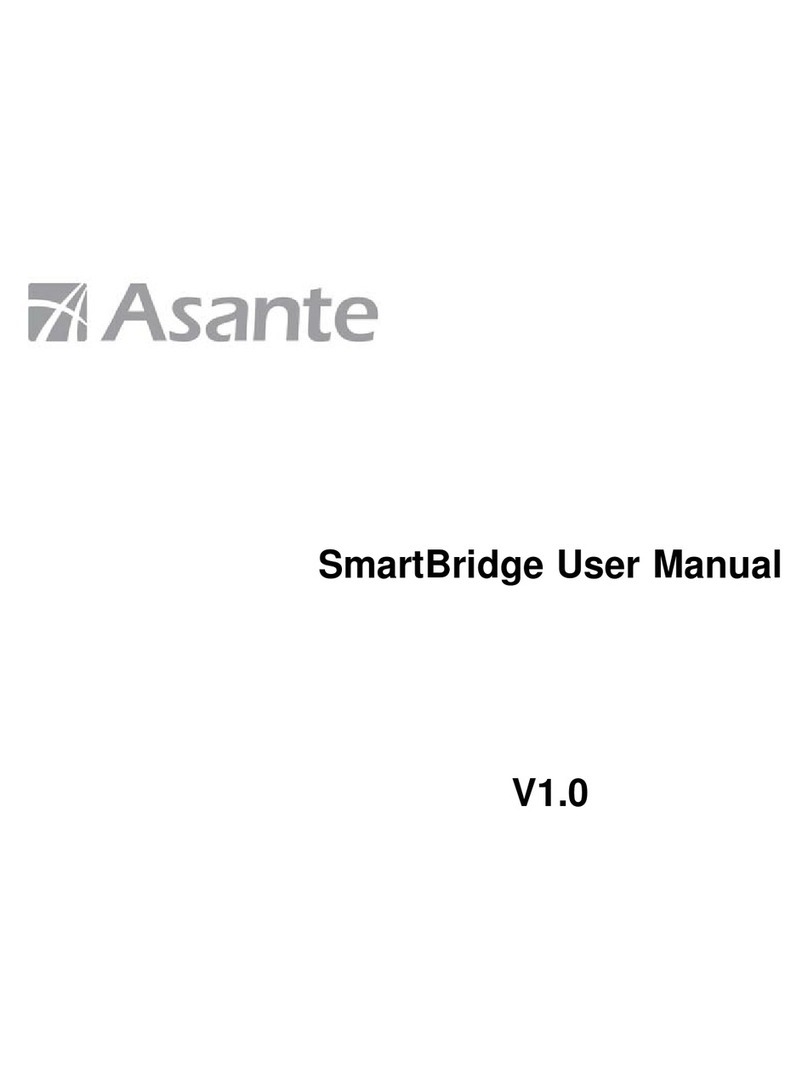
Asante
Asante SmartBridge V1.0 user manual
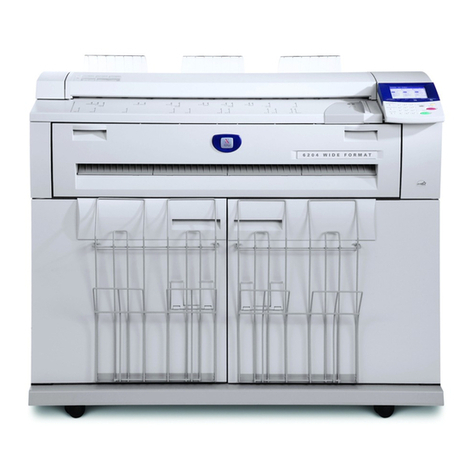
Xerox
Xerox Wide Format 6204 installation guide
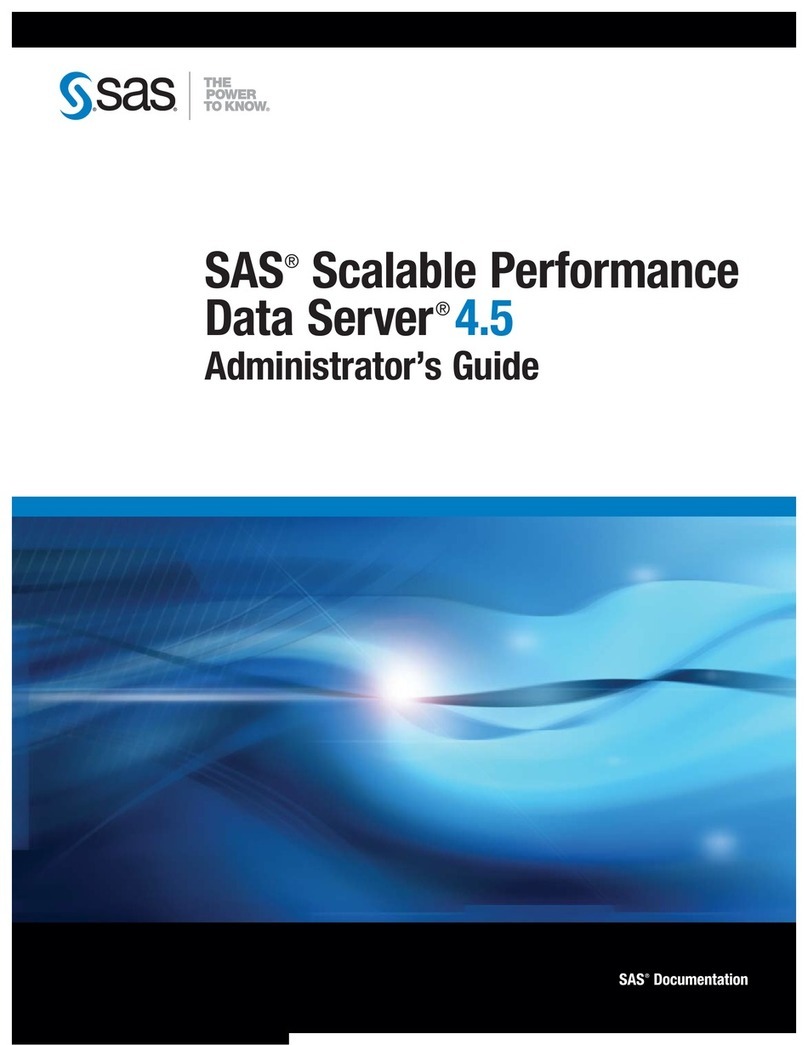
SAS
SAS Scalable Performance Data Server 4.5 Administrator's guide

Lucid
Lucid FM2A85X Extreme6 installation guide

Juniper
Juniper JUNOS PUS MOBILE SECURITY SUITE datasheet
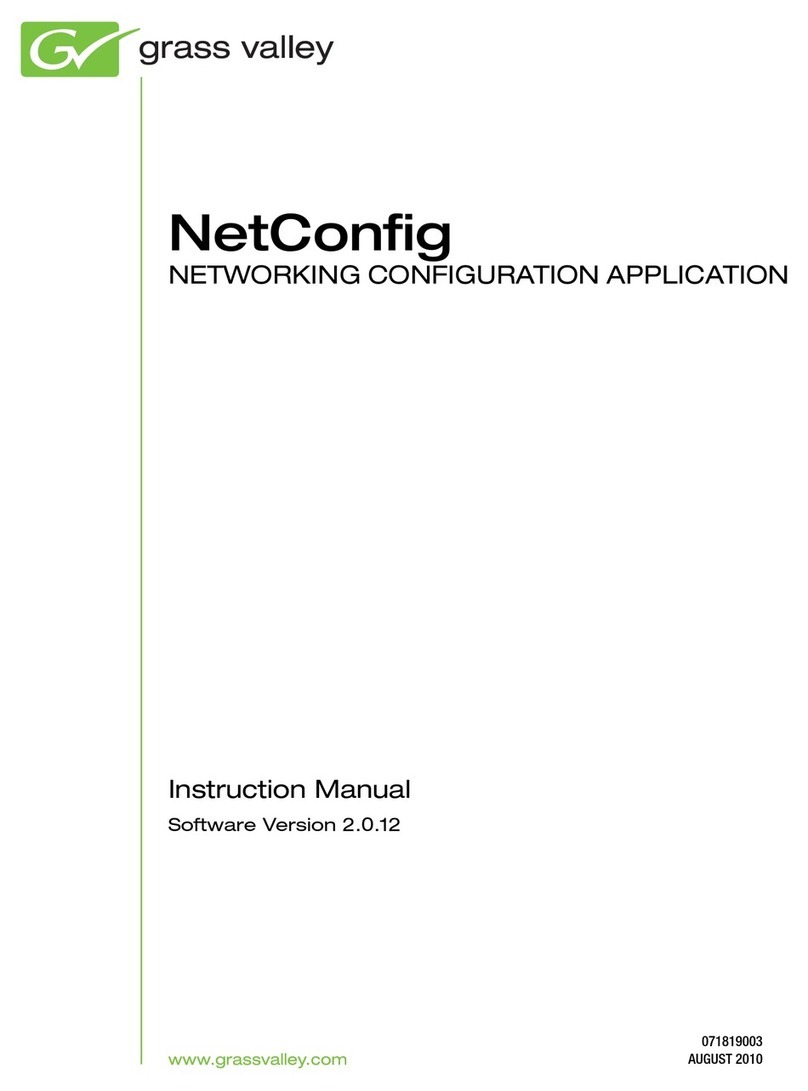
GRASS VALLEY
GRASS VALLEY NETCONFIG V2.0.12 instruction manual
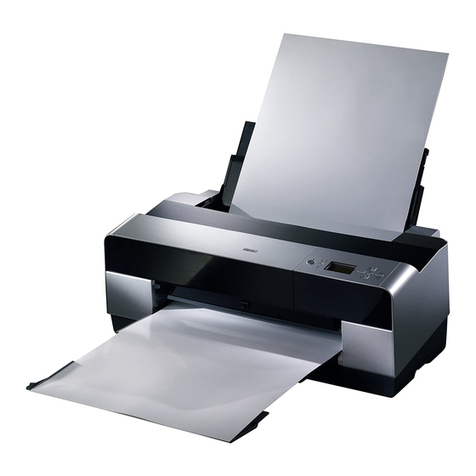
Epson
Epson Stylus Pro 9880 ColorBurst Edition - Stylus Pro 9880... Getting started

COMPRO
COMPRO COMPROFM manual

Muratec
Muratec OFFICEBRIDGE ONLINE user guide

Oracle
Oracle Contact Center Anywhere 8.1 installation guide















